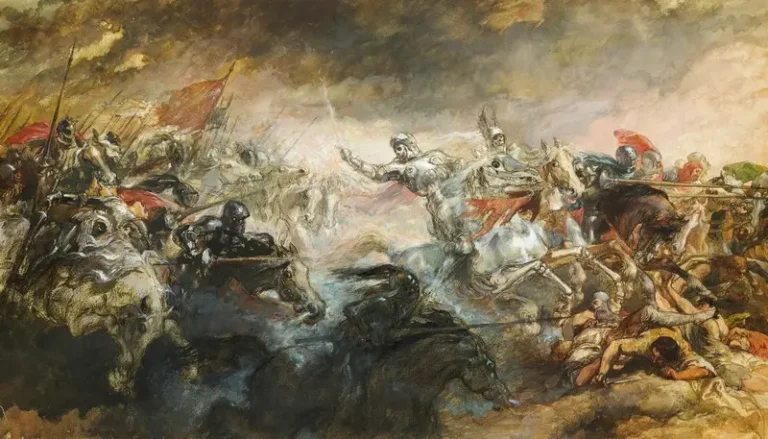Table of Contents
- Theoretical Foundations
- Key Concepts in the Sociology of Art
- The Role of Art in Society
- Methodological Approaches in the Sociology of Art
- Case Studies in the Sociology of Art
- Conclusion
The sociology of art is a sub-discipline within sociology that examines the social processes and structures that shape the creation, distribution, and reception of art. This field of study is concerned with understanding how art, as a cultural product, interacts with various social institutions, norms, and values. Sociologists of art analyze the ways in which art reflects, reinforces, and challenges social identities, hierarchies, and power relations. This article provides an academic overview of the sociology of art, discussing its theoretical foundations, key concepts, and significant contributions to our understanding of the role of art in society.
Theoretical Foundations
Classical Sociological Theories
The sociology of art draws upon classical sociological theories to frame its analyses. Karl Marx, Max Weber, and Émile Durkheim are pivotal figures whose ideas have significantly influenced this field. Marx’s theory of historical materialism highlights the economic conditions that underpin artistic production. He argued that the ruling class uses art to propagate ideology and maintain its dominance. Weber’s theory of rationalization and his analysis of the cultural significance of religious and secular worldviews provide insights into the symbolic meanings embedded in art. Durkheim’s work on collective consciousness and the social functions of religion informs the understanding of art as a collective representation that fosters social cohesion.
Contemporary Theoretical Approaches
In contemporary sociology, the sociology of art is influenced by a variety of theoretical approaches. Pierre Bourdieu’s concepts of cultural capital and habitus are central to understanding the social stratification of art consumption and production. Bourdieu argued that art is a field of cultural production where different forms of capital (economic, social, and cultural) are contested and exchanged. Howard S. Becker’s work on the “art world” emphasizes the collaborative nature of artistic production, involving various actors such as artists, patrons, critics, and audiences. Becker’s interactionist perspective highlights the negotiated meanings and shared understandings within artistic communities.
Key Concepts in the Sociology of Art
Art as a Social Institution
Art functions as a social institution, encompassing a network of practices, norms, and values that regulate artistic production and consumption. This institution is embedded within larger social structures and is influenced by economic, political, and cultural forces. The institutional framework of art includes galleries, museums, academies, and markets, which play crucial roles in legitimizing and valorizing artistic works. Sociologists study how these institutions shape the careers of artists, the circulation of art, and the formation of artistic canons.
Cultural Capital and Artistic Consumption
Bourdieu’s concept of cultural capital is vital for understanding the social dynamics of artistic consumption. Cultural capital refers to the non-economic resources that individuals possess, such as education, tastes, and cultural knowledge, which confer social status and power. The consumption of art is not merely a matter of personal preference but is deeply embedded in social hierarchies. Individuals with higher levels of cultural capital are more likely to appreciate and engage with “high” art forms, such as classical music, fine art, and literature, while those with lower cultural capital might prefer “popular” art forms. This distinction reinforces social boundaries and contributes to the reproduction of social inequality.
The Production of Culture
The production of culture perspective focuses on the social processes that generate cultural products, including art. This approach examines how economic, organizational, and technological factors influence artistic production. For instance, the commercialization of art can affect artistic innovation and authenticity. The art market, with its complex dynamics of supply and demand, pricing, and patronage, plays a significant role in shaping what is produced and valued as art. Sociologists analyze how artists navigate these market conditions and how their creative practices are constrained or enabled by institutional and economic factors.
The Role of Art in Society
Art and Identity
Get the full article AD FREE. Join now for full access to all premium articles.
View Plans & Subscribe Already a member? Log in.





